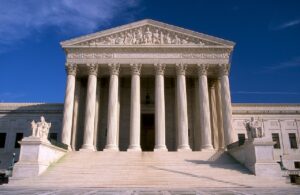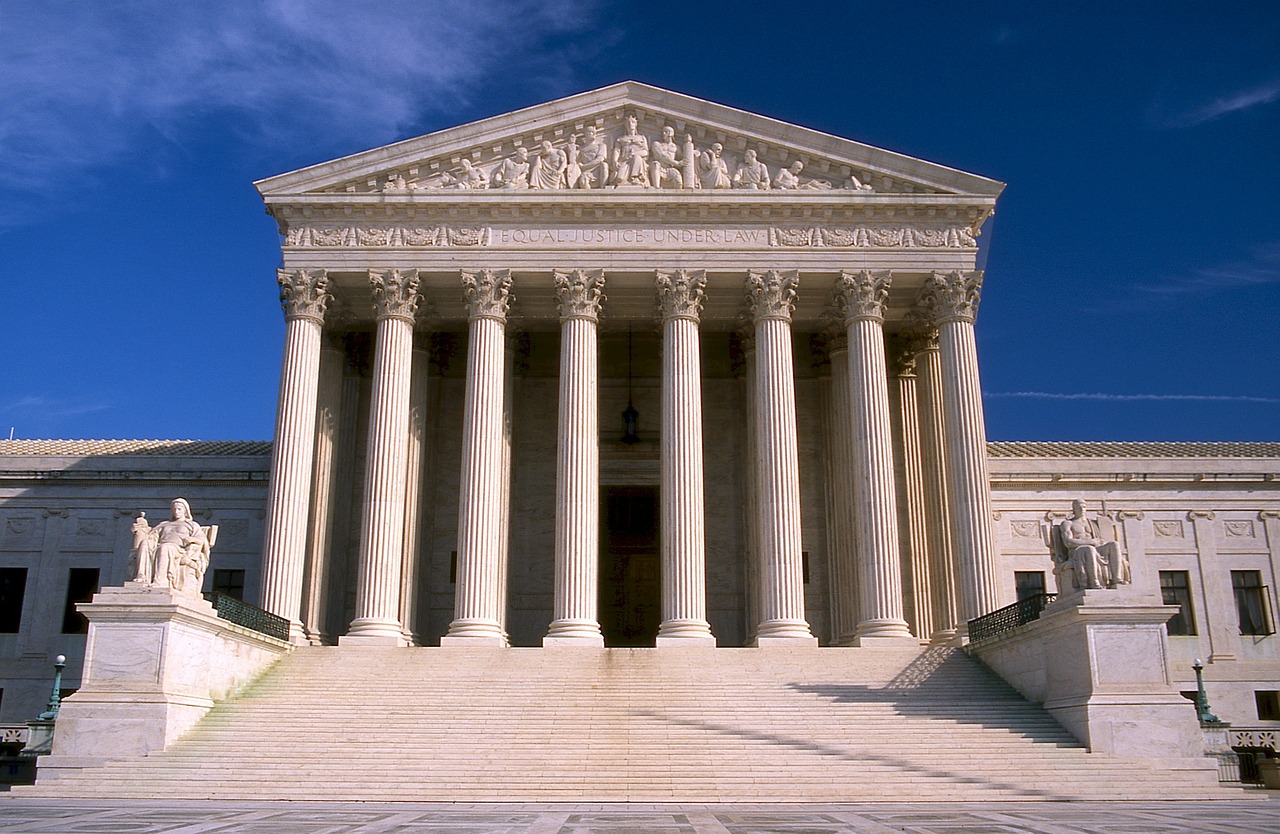Last week marked 62 years since the Brown v. Board of Education Supreme Court decision, and our public schools are by and large, as segregated as they were when the policies were banned. After all, the mandate to “outlaw segregation” is not the same thing as “have integrated schools,” and the farther a decision has to travel from courtroom to outcome, the less likely it is to deliver on its objective. And yet Brown remains a cultural touchstone with deep and consistent resonance for education professionals, civil rights activists, and attorneys.
 Civil rights litigation is regarded with a reverence that is, perhaps, disproportionate to its reality. It is expensive, time consuming, fractious for communities, and emotionally exhausting. In 1976, leading critical race studies professor Derrick Bell published “Serving Two Masters: Integration Ideals and Client Interests in School Desegregation Litigation,” challenging the mainstream celebration of school desegregation litigation and describing the problem as one of a conflict of interest between lawyers invested in challenging segregation laws and their Black clients who wanted only high-quality schools for their children. Linda Brown, the student about whom the famous case was filed, has talked extensively about feeling exploited by a process that ultimately couldn’t provide integrated schools for her own children.
Civil rights litigation is regarded with a reverence that is, perhaps, disproportionate to its reality. It is expensive, time consuming, fractious for communities, and emotionally exhausting. In 1976, leading critical race studies professor Derrick Bell published “Serving Two Masters: Integration Ideals and Client Interests in School Desegregation Litigation,” challenging the mainstream celebration of school desegregation litigation and describing the problem as one of a conflict of interest between lawyers invested in challenging segregation laws and their Black clients who wanted only high-quality schools for their children. Linda Brown, the student about whom the famous case was filed, has talked extensively about feeling exploited by a process that ultimately couldn’t provide integrated schools for her own children.
When we think about the purpose and effect of impact litigation, there are two recent cases that illustrate an important distinction: In a case like Obergefell v. Hodges, a righteous court opinion changed people’s lives overnight. Recently, we heard the same sort of evocative language used by the plaintiffs in Vergara v. California, where the legal victory alone wouldn’t guarantee changes, and any changes wouldn’t be felt for years. As a former education civil rights attorney myself, I’ve thought a lot about how these types of litigation both unite and divide the civil rights community as well as the part they play in education reform.
Obergefell was, at its heart, about an individual’s relationship with the government. That meant that changing the law had an immediate and profound effect. But schools are some of our most complex public spaces with lots of private actors making independent choices, and each one of them acts as a degree of separation between the changed law and the hoped-for outcome. The more hands a ruling has to pass through in order to come to life, the more that effect is diluted. And that distance also interferes with your legal claim — the farther away the harm is from the wrong, the less likely you are to win in the first place. In other words, waiting and watching for the next lawsuit to fix school finance messes or resolve teacher tenure debates is a mistake. If you think of litigation as a last resort, not Plan A, does that change your perspective? Does it change your strategy?
The promise of Brown remains, but it is — and always has been — aspirational. That’s not a criticism: what would we be without our hopes? And how would we get there without the buoyancy of our highest legal authority? But our education litigation victories in the courtroom require hard work by a whole lot of people before they become changes that improve outcomes for kids. Courts are powerful but they aren’t magic and we can’t litigate our way to equitable and high-quality education programs for every student; the last 62 years are proof of that.
May 31, 2016
We Can’t Sue Our Way to Equitable Schools
By Bellwether

Share this article